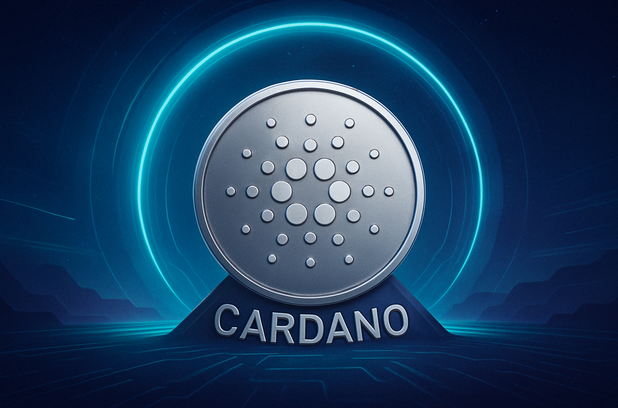ARTICLE AD BOX
TLDR
- Grayscale launches Aave Trust for accredited investors
- Aave is a major DeFi platform for crypto lending/borrowing
- Grayscale expanding crypto offerings, including recent ETFs
- Aave V3 surpassed $10 billion in total value locked (TVL)
- DeFi sector showing growth and increased investor interest
Grayscale Investments, a leading cryptocurrency asset management firm, has announced the launch of its new Grayscale Aave Trust, offering accredited investors exposure to the AAVE governance token.
This move comes as the decentralized finance (DeFi) sector continues to show strong growth, with Aave’s latest version, V3, recently surpassing $10 billion in total value locked (TVL) on the Ethereum network.
The Grayscale Aave Trust is designed to provide both individual and institutional accredited investors with a way to gain exposure to AAVE, the native token of the Aave protocol.
Aave has established itself as a prominent player in the DeFi space, offering a platform for users to lend and borrow cryptocurrencies without intermediaries, utilizing smart contracts based on blockchain technology.
Rayhaneh Sharif-Askary, Head of Product & Research at Grayscale, highlighted Aave’s innovative approach, stating,
“The Grayscale Aave Trust offers investors exposure to a protocol with the potential to revolutionize traditional finance. Leveraging blockchain technology and smart contracts, Aave’s decentralized platform aims to optimize lending and financing, eliminating intermediaries and reducing reliance on human judgment.”
This latest offering from Grayscale follows a series of successful launches in the cryptocurrency investment space. In January 2024, the U.S. Securities and Exchange Commission (SEC) approved several spot Bitcoin ETFs, including those from Grayscale, BlackRock, and Fidelity.
This regulatory green light marked a significant milestone for the crypto industry, paving the way for increased institutional participation and new investment vehicles for the public.
The SEC subsequently approved eight Ethereum ETFs, further solidifying the integration of cryptocurrencies into traditional financial markets.
Grayscale’s expansion in the crypto investment sector reflects growing interest from both retail and institutional investors.
The company has also revealed plans to launch a closed fund dedicated to the XRP token, exclusively for accredited investors, as part of an ongoing competition among firms to develop new crypto-related financial instruments.
Meanwhile, Aave’s latest version, V3, has demonstrated impressive growth in the DeFi sector.
The protocol recently achieved a milestone of over $10 billion in TVL on the Ethereum network, representing a substantial 197% increase from the $3.36 billion recorded at the beginning of 2024.
This growth aligns with the broader trend in the DeFi market, as evidenced by the 31.67% rise in the GMDEFI index over three weeks.
Aave V3’s success can be attributed to several technological improvements, including enhanced capital efficiency, which allows users to maximize borrowing power while reducing risks, and an advanced risk management system to protect users from market volatility.
The platform’s cross-chain interoperability feature, enabling users to operate across multiple blockchain networks, has further increased its appeal to both institutional investors and advanced users.
The launch of the Grayscale Aave Trust and the growth of Aave V3 highlight the increasing maturity and acceptance of DeFi protocols in the broader financial landscape.
As traditional finance and decentralized systems continue to converge, products like the Aave Trust provide a bridge for accredited investors to participate in this evolving sector.
The DeFi space, with Aave as a leading protocol, is demonstrating its potential to transform traditional financial services by offering more efficient, transparent, and accessible alternatives to conventional lending and borrowing mechanisms.
 11 months ago
461366
11 months ago
461366










 English (US) ·
English (US) ·